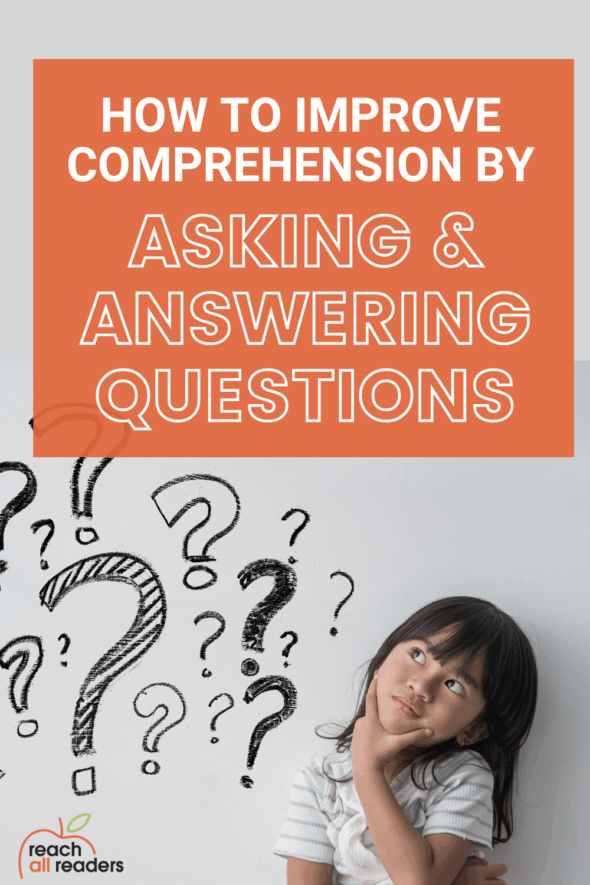
Welcome back to our series about reading comprehension strategies!
What are reading comprehension strategies?
First, let’s review what reading comprehension strategies actually are. According to Shanahan et al (2010), comprehension strategies are deliberate mental actions to improve reading comprehension.
“Comprehension strategies refer to intentional (not automatic) actions a reader takes to keep his/her head in the game.”
Timothy Shanahan, 2018
In other words, you do something on purpose to help you understand the text.
Teach comprehension strategies to help students understand complex text
It’s important to teach reading comprehension strategies to help students understand text that is challenging for them – otherwise, what’s the point? If they understand the text at face value, they don’t need a comprehension strategy.
This isn’t something I always understood. As a balanced literacy teacher, I thought that I was supposed to start with the strategy. So I would look for books that lent themselves to predicting or making connections. Then I would teach the same strategy for a few weeks, using different books.
This was backward!
Start with the text, not the strategy
I should have started with a quality text – and that’s what I’m encouraging you to do when it comes to teaching the strategy of asking and answering questions.
ReQuest: A questioning technique
ReQuest is a questioning technique that has been shown to help students focus on text and pay attention to detail (Manzo, 1969).
Here’s how ReQuest works:
- Have students read an assigned text (a few sentences or paragraphs).
- The teacher should turn over the text and invite students to ask him/her questions about the text. It helps to post question words so students know how to begin their questions: Who, what, when, where, why, and how.
- The teacher answers the questions without peeking and provides feedback about the quality of the students’ questions.
- Next, the students turn over the text while the teacher asks them questions. The students answer the questions without peeking.
- The teacher and students repeat the sequence for the rest of the text.

I love ReQuest because it supports what we know from research: if you want to remember information, it’s much more effective to practice remembering it (by answering questions) than to keep rereading the text. In fact, neural pathways get stronger when a memory is retrieved and students practice what they’ve learned (Argawal & Bain, 2019).
Important tip: Whenever possible, have students answer questions in pairs or in a small group. After students answer in pairs, you can randomly call on a student to share his or her answer with the class.
This technique increases student participation and ensures that everyone is doing what is necessary to remember the information … not just the regular few who raise their hands.
Question-Answer Relationship
This technique improves comprehension by helping students understand different types of questions (Raphael & Au, 2005).
- Explain that there are four types of questions that students may answer about a text:
- Right There questions have answers found directly in the text.
- Think and Search questions require readers to combine the information from different parts of the text.
- Author and Me questions require that a reader read teh text and relate it to his or her own experience.
- On My Own questions require students to rely on their background knowledge.
- Choose a passage. Read it aloud to your students, have them read it in pairs, or read it chorally as a class.
3. Ask questions related to the passage. Help students classify each question and find its answer.
Guess what? ChatGPT can help! I asked ChatGPT to write a second grade passage about natural
resources and provide examples of the four types of questions. Here’s what it gave me:

Here are the questions that ChatGPT provided.
Right There Questions:
- What is water, and where does it come from?
- What is soil, and what do plants need it for?
Think and Search Questions:
- How do trees help us, and what are some things we get from them? *
- Why is sunlight important for plants, and what process does it help them with?
Author and Me Question:
- Why do you think the author says that trees are like nature’s giants?
On My Own Questions:
- Can you think of ways we can take care of the air around us?
- How can we use water wisely in our daily lives?
*This is a weak question, because both parts of the question have the same answer. Nice try, ChatGPT.
Summary
This post gave you two techniques that you can use to help students comprehend challenging text. ReQuest will help them learn to ask questions about the text they’re reading. Question-Answer-Relationship will help them learn to answer different kinds of questions that are posed to them.
Let me know if you try them!
YOU’LL LOVE THIS PRACTICAL BOOK!
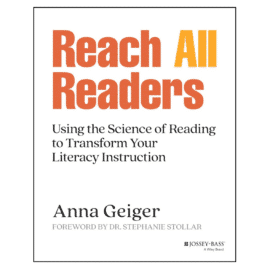
Looking for an easy-to-read guide to help you reach all readers? If you teach kindergarten through third grade, this is the book for you. Get practical ideas and lesson plan templates that you can implement tomorrow!
Also be sure check out the rest of our comprehension strategies series by clicking the image below!
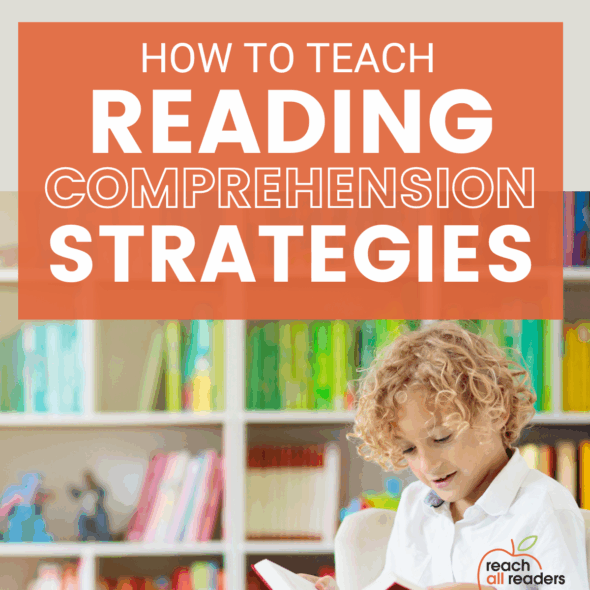
References
Agarwal, P. K., & Bain, P. M. (2019). Powerful teaching. Jossey-Bass.
Manzo, A.V. (1969). The request procedure. Journal of Reading, 13(2), 206-221.
Raphael, T.E., & Au, K. H. (2005). QAR: Enhancing comprehension and test taking across grades and content areas. The Reading Teacher, 59(3), 206-221.
Shanahan. T. (2018, May 24). Where questioning fits in comprehension instruction: Skills and strategies Part II. Shanahan on Literacy. https://www.shanahanonliteracy.com/blog/where-questioning-fits-in-comprehension-instruction-skills-and-strategies-part-ii
Shanahan, T., Callison, K., Carriere, C., Duke, N. K., Pearson, P. D., Schatschneider, C., & Torgesen, J. (2010). Improving Reading Comprehension in Kindergarten through 3rd Grade: IES Practice Guide. NCEE 2010-4038. What Works Clearinghouse.



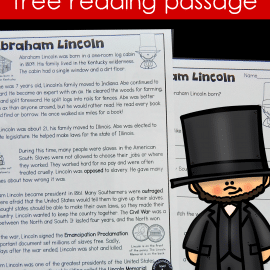
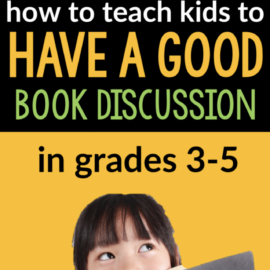
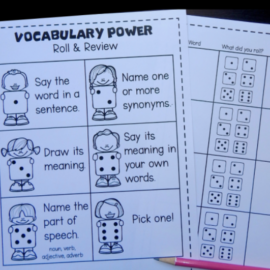
Leave a Comment